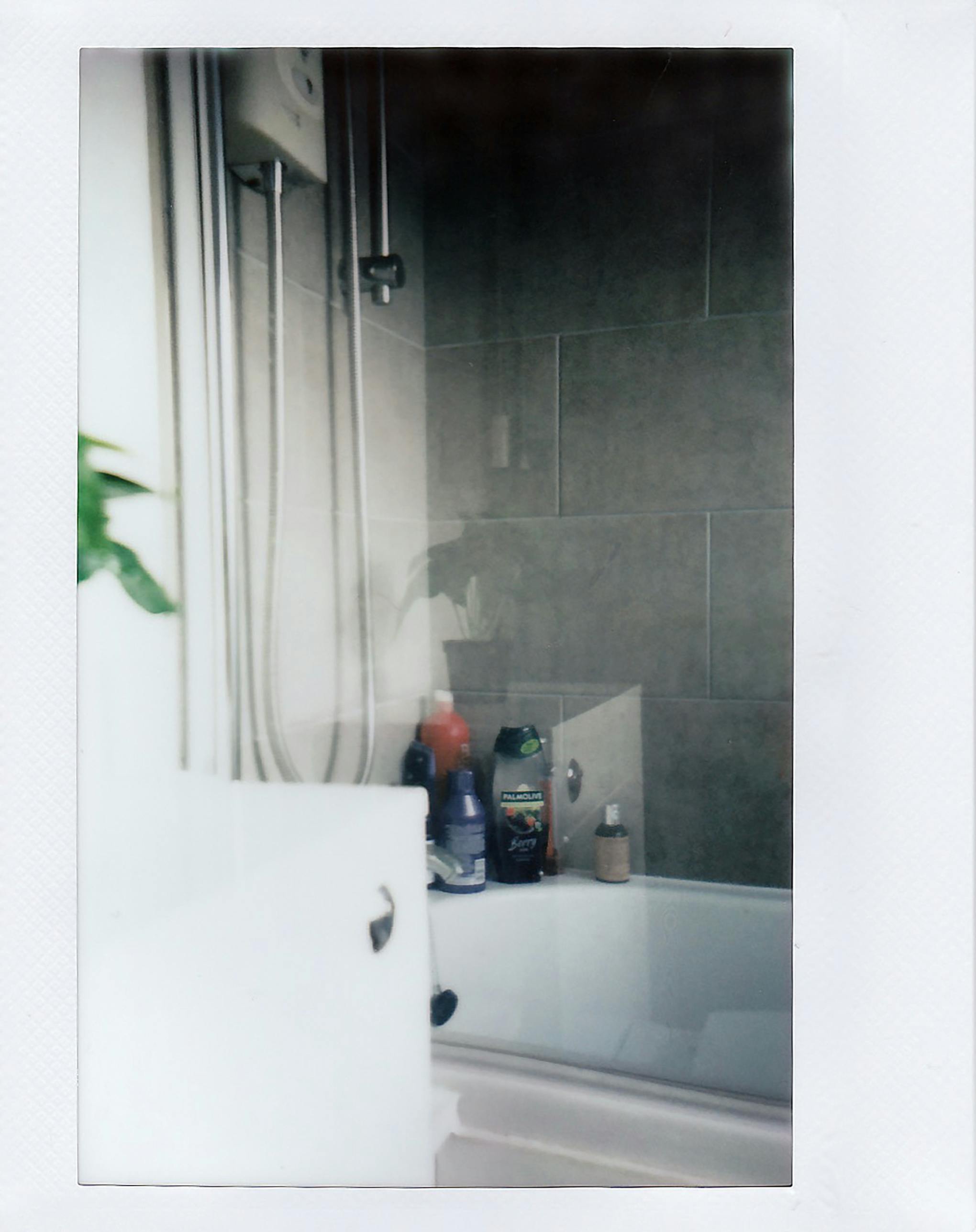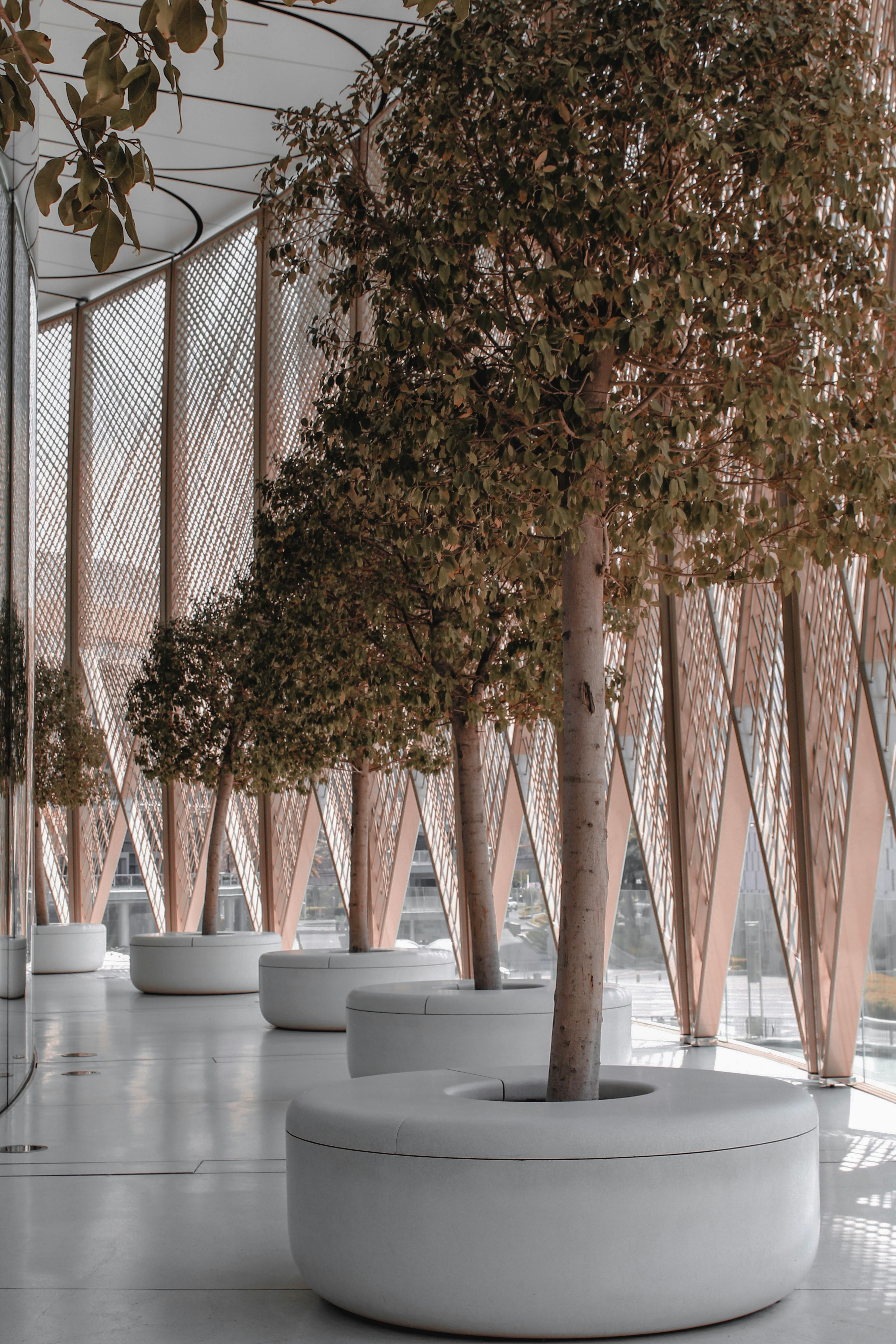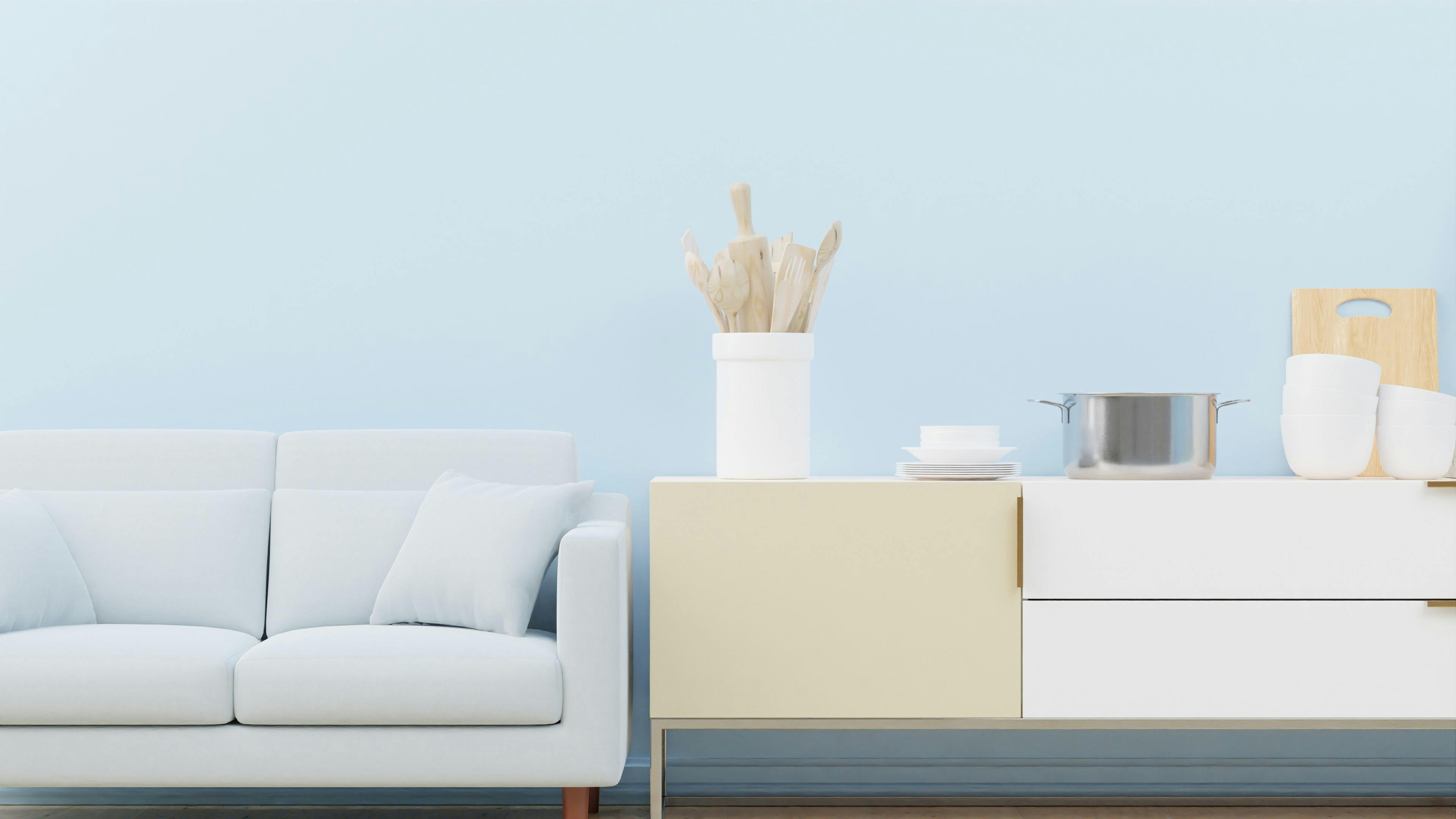Dubai’s luxury interior market faces a defining moment as traditional renovation approaches clash with the urgent need for environmental responsibility. While property owners invest millions in refreshing their spaces, 78% of renovation projects in Dubai still rely on wasteful tear-and-replace methods that contribute significantly to the city’s construction waste stream. The irony is stark: in a region where sustainability has become synonymous with forward-thinking luxury, most interior renovations remain trapped in outdated practices.
The solution lies not in complete overhauls, but in strategic upcycling and green retrofitting that preserves existing luxury while dramatically reducing environmental impact. By 2026, sustainable renovation practices will transform how Dubai approaches interior design, offering property owners a path to enhanced spaces that align with both environmental values and refined aesthetic standards.

This Photo was taken by Lisa from Pexels.
The hidden cost of luxury renovation waste
Dubai’s construction and renovation sector generates approximately 12.8 million tons of waste annually, with interior renovations contributing nearly 35% of this figure. When property owners opt for complete tear-outs, they’re not just discarding materials – they’re discarding embodied energy, craftsmanship, and significant financial investments.
Consider a typical luxury apartment renovation in Downtown Dubai. Traditional approaches involve removing marble flooring, custom millwork, and built-in fixtures worth hundreds of thousands of dirhams. These materials, often in excellent condition, end up in landfills while new resources are extracted, manufactured, and transported to replace them.
| Renovation Component | Traditional Waste (%) | Sustainable Alternative | Cost Savings (%) |
|---|---|---|---|
| Marble Flooring | 85% | Refinishing & Resealing | 60-70% |
| Custom Millwork | 90% | Redesign & Refinish | 45-55% |
| Lighting Fixtures | 75% | LED Retrofitting | 40-50% |
| Built-in Furniture | 95% | Reconfiguration | 65-75% |
The environmental impact extends beyond waste generation. Manufacturing replacement materials for a single luxury renovation can generate 15-20 tons of CO2 emissions, equivalent to driving 45,000 kilometers. Carbon-neutral design approaches offer viable alternatives that maintain luxury standards while dramatically reducing environmental footprint.

This Photo was taken by dada _design.
Upcycling luxury: elevating existing elements
Upcycling in luxury interiors transcends simple refurbishment. It’s about recognizing the inherent value in existing elements and transforming them into statement pieces that surpass their original form. This approach requires design vision that sees potential where others see obsolescence.
Marble and stone transformation techniques
Dubai’s luxury properties often feature extensive marble installations that appear dated after 10-15 years. Rather than replacement, advanced surface treatments can completely transform these elements. Honed marble can be polished to high gloss, while polished surfaces can be textured for contemporary appeal.
Innovative techniques like bookmatching existing slabs create dramatic focal walls, while precision cutting allows for geometric inlay patterns using contrasting stone remnants. These approaches not only preserve the substantial investment in original materials but often create more striking visual effects than complete replacement.
Millwork reimagined
Custom millwork represents significant embodied value in luxury interiors. Solid wood elements, particularly, can be completely transformed through strategic redesign. Traditional raised panel doors can be converted to sleek, contemporary profiles through careful routing and refinishing.
Built-in cabinetry benefits from reconfiguration strategies that optimize storage while updating aesthetics. Adding LED lighting systems, replacing hardware with contemporary alternatives, and introducing mixed materials like metal accents can completely modernize existing installations.

This Photo was taken by Dina.
Green retrofitting: invisible upgrades with visible impact
Green retrofitting focuses on enhancing performance and sustainability without compromising luxury aesthetics. These interventions often remain invisible to occupants while delivering substantial environmental and economic benefits.
Advanced insulation systems
Dubai’s extreme climate makes thermal performance critical for both comfort and energy efficiency. Retrofitting existing walls with advanced insulation systems like aerogel blankets can improve thermal performance by 40-60% without significant space loss.
Window retrofitting presents particular opportunities. Existing window frames can accommodate high-performance glazing systems that dramatically improve thermal and acoustic performance. Climate-adaptive design strategies ensure these upgrades align with Dubai’s specific environmental challenges.
Smart systems integration
Retrofitting smart building systems into existing luxury interiors requires careful planning but delivers substantial benefits. Wireless sensor networks can be integrated without disturbing finishes, providing precise climate control and energy monitoring capabilities.
Lighting retrofits offer immediate impact with minimal disruption. Existing fixtures can accommodate advanced LED systems with color temperature control and circadian rhythm synchronization. Smart green technology integration demonstrates how these systems enhance both sustainability and luxury living experience.

This Photo was taken by dada _design.
Material sourcing strategies for sustainable renovation
Successful sustainable renovation depends heavily on strategic material sourcing that prioritizes local resources, reclaimed elements, and high-performance sustainable alternatives. Dubai’s unique position as a global trading hub presents both opportunities and challenges for sustainable material procurement.
Local sourcing advantages
The UAE’s growing network of sustainable material suppliers offers compelling alternatives to traditional imports. Local stone quarries provide natural materials with dramatically reduced transportation footprints, while regional manufacturers increasingly offer high-quality sustainable alternatives to imported products.
Sustainable materials sourcing in Dubai has evolved significantly, with local suppliers now offering everything from recycled glass surfaces to bio-based composite materials that meet luxury market standards.